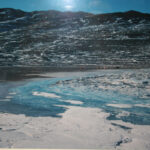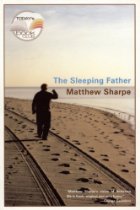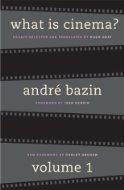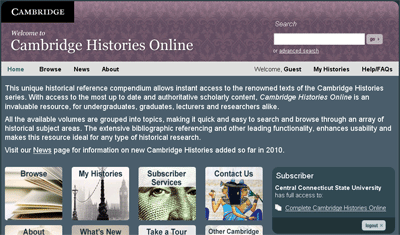Antarctic Adventures – an exhibit of photographs by Michael Wizevich, from Physics and Earth Sciences Department, will be on display at the Elihu Burritt library during the month of October 2010.
On Monday October 18, noon, Prof. Wizevich will talk about his two expeditions to Antarctica. The talk will take place in Special Collections, at the Burritt library. Campus community is cordially invited.
During the 1993-94 and 1995-96 austral summers I was part of two Antarctic expeditions, the first one with the New Zealand Antarctic Program, and the second one with the United States Antarctic Program. Both projects were in the Transantarctic Mountains and Dry Valley region of Central Victoria Land of the Ross, a sector of Antarctic that is directly south of New Zealand.
About ninety eight percent of Antarctica is covered by ice, but the rugged peaks of the Transantarctic Mountains form a long, exposed spine across the continent. The mountains are covered with a thick mantle of snow and ice flowing from the central cap of continental ice, the Polar Plateau. Most of the major valleys in the Transantarctic Mountains are filled with ice streams, except for ice-free “oases” such as the McMurdo Dry Valley region. All the Dry Valley floors are bare rocky ground, and some valleys contain rare lakes and rivers. The ground is not snow covered because the air is so dry it evaporates more snow than falls.
Our studies required remote camps. Helicopters, the primary transportation for projects located within 100 miles of the bases, brought us to our sites. Our camps consisted of Scott tents for sleeping quarters – essentially the same as those used by Captain Robert Scott and others in the early part of century – and a weather report tent for work and dining during the drilling expedition.
First Expedition (1993-1994): Ancient Antarctic Environments This expedition studied Devonian age (>400 million yrs. ago) sedimentary rocks at Table Mountain, located at 2170 m (7100 ft) in the Transantarctic Mountains. Table Mountain is surrounded fabulous views of glaciers (Ferrar, Taylor & Emmanuel) and distant peaks (including Mt. Feather). Cliff faces in the region contain contrasting rock types; light-colored sedimentary rocks were intruded by dark Ferrar Dolerite, an igneous rock which originated as liquid magma and filled in the gigantic cracks that formed during the break-up (rifting) of the supercontinent Gondwana, about 200 million years ago. Ferrar Dolerite and nearby Ferrar Glacier are named after Hartley Ferrar, the geologist on Scott’s Discovery Expedition (1901-04).
Second Expedition (1995-1996): Climate Change in Antarctica
This expedition studied recent (50,000 to 2 million years old) permafrost sediments in two sites within the McMurdo Dry Valleys — Taylor Valley and Miers Valley, and glacial till (20 million?) on Mt. Feather. Because we wanted to keep the core frozen we went early in Antarctic field season, when temperatures near sea level remained below 0° F. The Mt. Feather location was at nearly 2600 m (8500 ft) elevation. It was very cold and windy, but the location afforded spectacular views of Beacon Valley and surrounding area.
 The sediments were extracted by a gasoline-powered drill rig, developed and operated by Russian scientists. Later lab studies of the material in the U.S. and Russia analyzed core material for microorganisms. The objective was to use the microbes in the permafrost layers to reconstruct paleoclimatic history of the area during the last few million years. Ancient microbes are indicators of past climate in Antarctica because certain microbes thrive under “warm” conditions and others during “cold”. Since sediment is more-or-less continually being deposited and permanently frozen, we would be able to see a continuous record of past climate (in theory).
The sediments were extracted by a gasoline-powered drill rig, developed and operated by Russian scientists. Later lab studies of the material in the U.S. and Russia analyzed core material for microorganisms. The objective was to use the microbes in the permafrost layers to reconstruct paleoclimatic history of the area during the last few million years. Ancient microbes are indicators of past climate in Antarctica because certain microbes thrive under “warm” conditions and others during “cold”. Since sediment is more-or-less continually being deposited and permanently frozen, we would be able to see a continuous record of past climate (in theory).
Drilling was slow because drilling fluids were not used in order to prevent contamination of modern microbes in the cores. Keeping the cores frozen and sterile required using a custom-made freezer box in the field and in transport back to the U.S. The cores are now stored (still frozen) in the Antarctic Core Storage Facility in Tallahassee, Florida.







